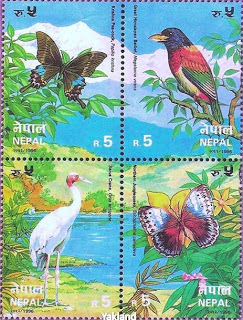The publication in 1962 of Rachel Carson’s book Silent Spring drew public attention to how pesticides had killed much of North America’s songbirds. The book launched an international environmental movement. A similar silence has descended upon Kathmandu Valley, as once ubiquitous birds like sparrows and mynahs decline. And ornithologists who have studied this trend say that in Nepal, too, it is the rampant use of pesticides that is mainly to blame.
“There is a direct correlation between the increase in pesticide use and the decrease in the number of birds in a neighbourhood,” explains Jyotendra Thakuri of Bird Conservation Nepal (BCN). Pesticides kill insects on which urban birds depend on for food. BCN has been conducting urban bird monitoring in Kathmandu Valley and has counted ever-lower numbers of birds each time. Other common birds like drongo, egrets, red-vented bulbul, owls and even fruit bats are equally hard to find. The house sparrow, once a bird common in every continent except Antarctica, had to be included in the IUCN list of threatened species in 2002 in the UK after a sudden decline in its population. In India, there has been as much as 90% decline in sparrow populations in several states.
Source: Nepali Times, February 2018
http://nepalitimes.com/article/Nepali-Times-Buzz/decline-in-migratory-a…

- Login om te reageren
